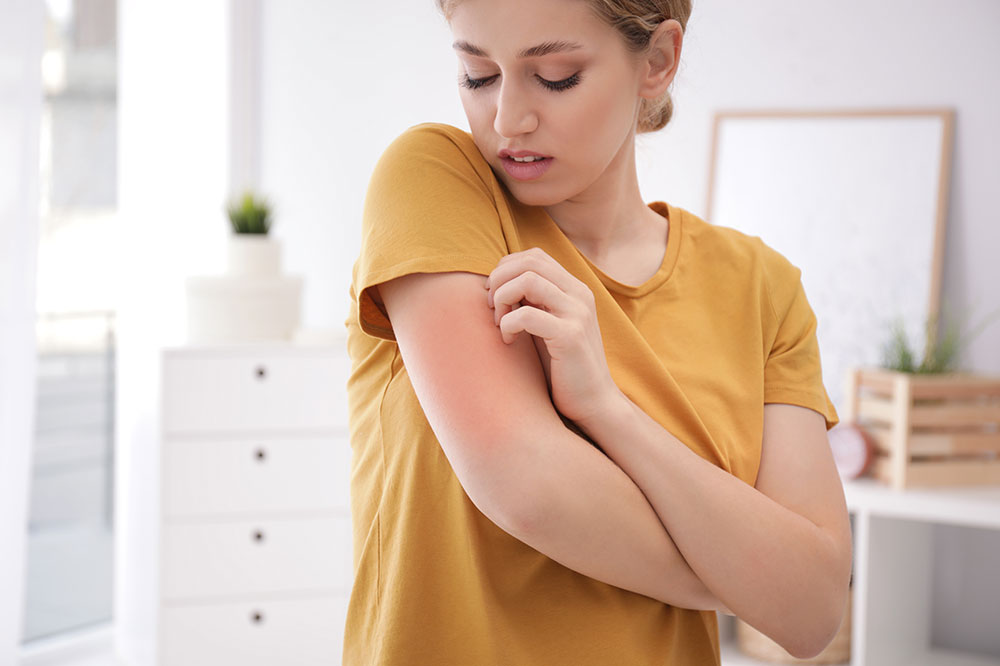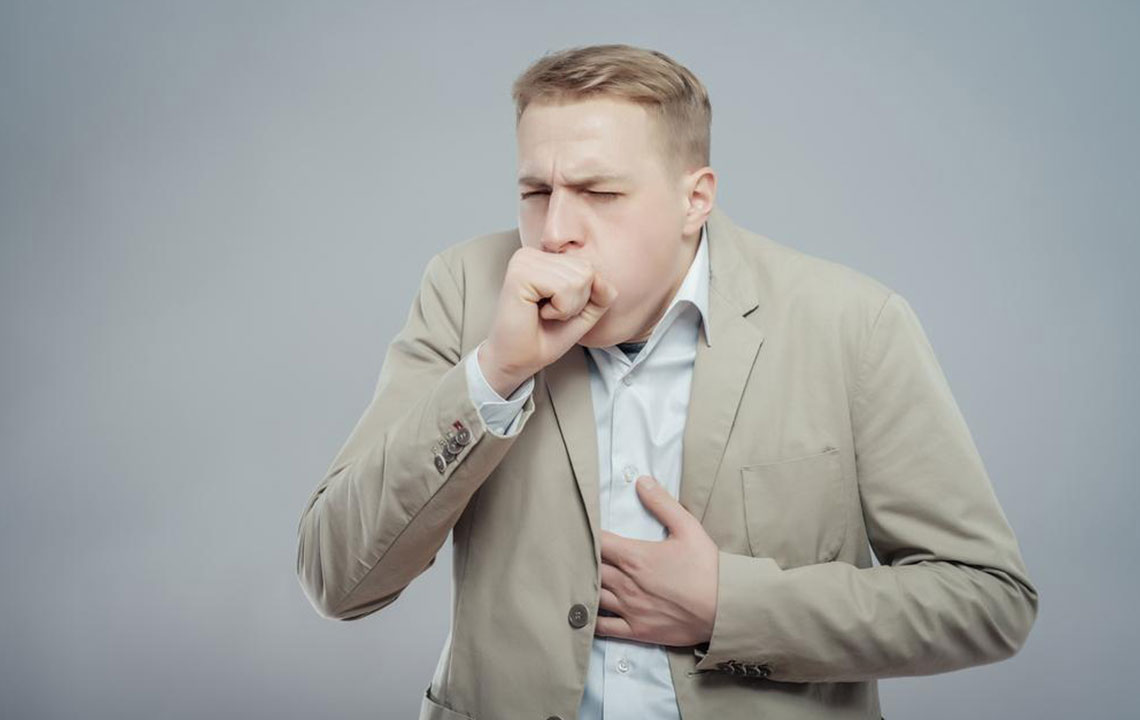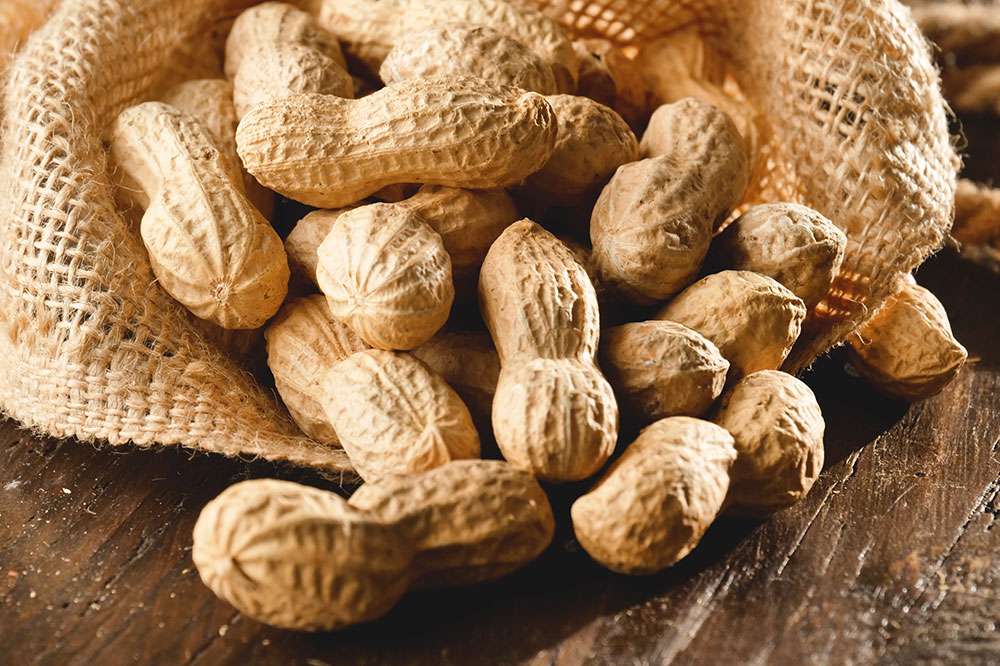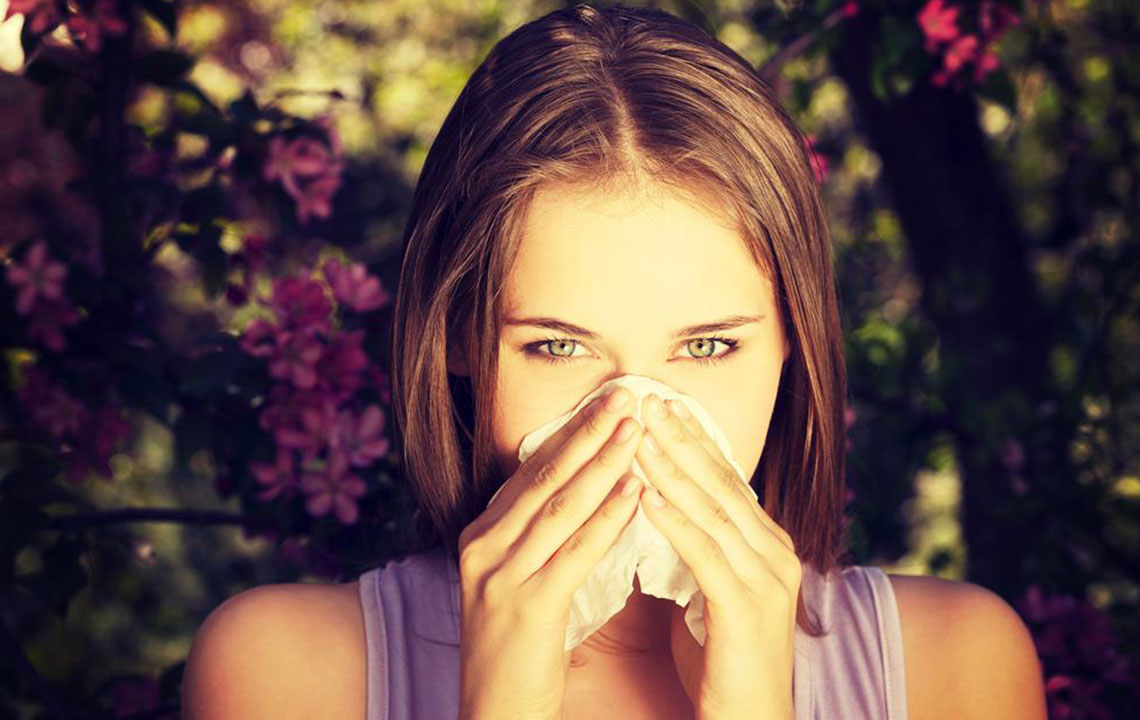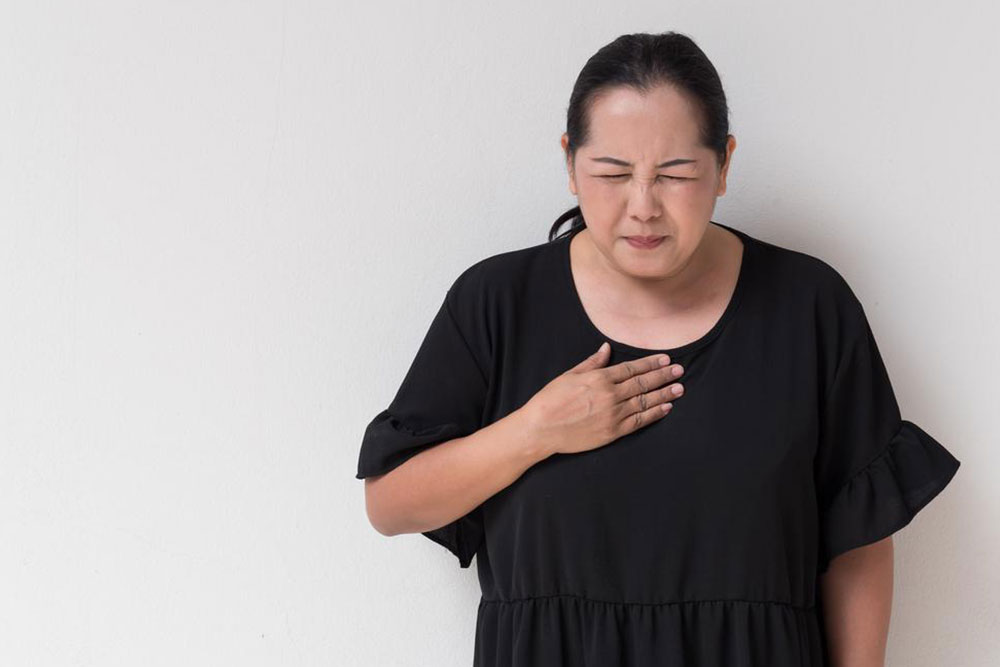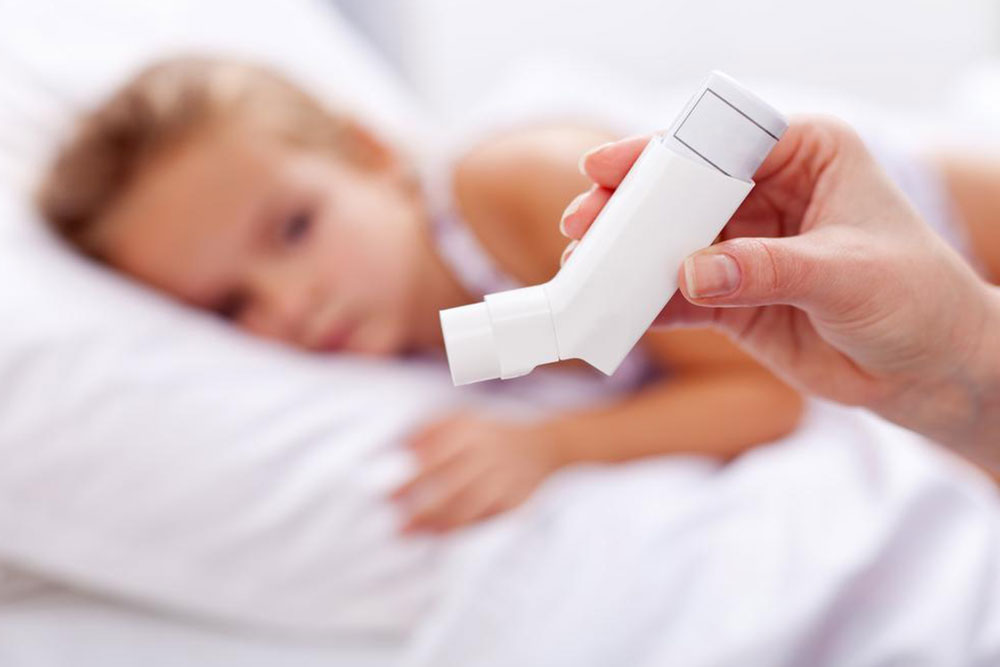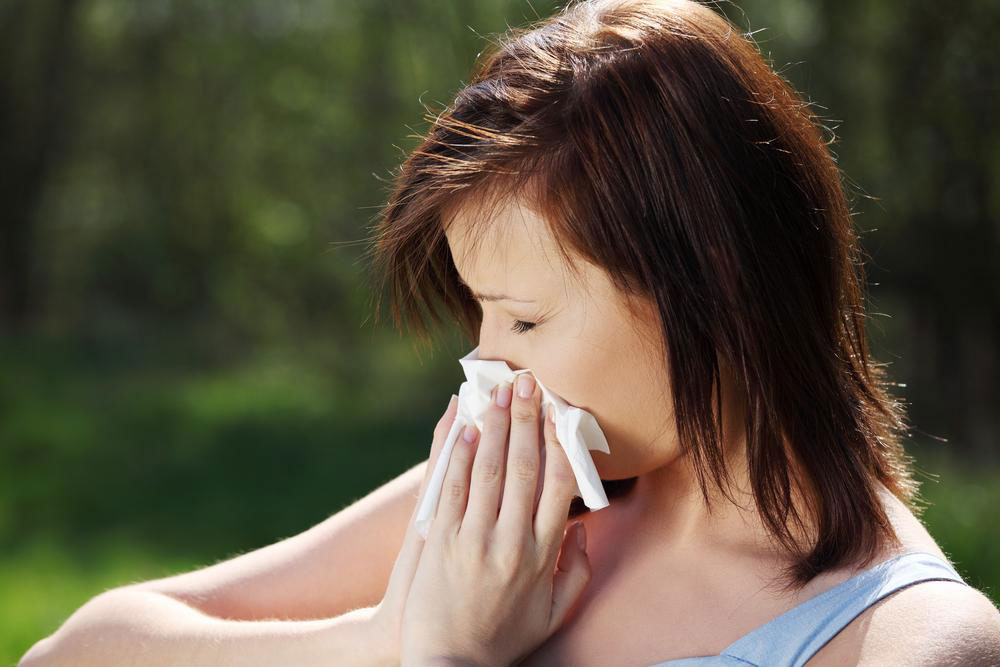Understanding Fall Allergies: Symptoms and Prevention Tips
Discover the common signs of fall allergies, including sneezing, itchy eyes, and nasal congestion. Learn effective prevention strategies like staying indoors during peak pollen times, controlling indoor humidity, and wearing protective masks. Treatment options such as nasal sprays, antihistamines, and immunotherapy can provide relief. Keep your environment dry and clean to minimize mold and dust mite triggers, ensuring a safer and more comfortable autumn season.

Understanding Fall Allergies: Symptoms and Prevention Tips
Allergic reactions can occur at any time during the year, with autumn not being an exception. Pollen from seasonal plants can linger into September and October, even after the official fall period ends, as these particles can travel hundreds of miles and affect various regions. Ragweed is a primary culprit, impacting approximately 75% of people prone to allergies. Those sensitive to ragweed may also react to certain fruits like bananas, lemons, and zucchinis.
Another contributor is mold, which thrives in moist, humid areas, even if it doesn’t grow indoors directly. Dust and dust mites are also common triggers during the fall. Recognize these signs: sneezing, watery nose, itchy eyes, coughing, eye redness, and soreness. Consulting an allergist is recommended for proper diagnosis and allergy management.
Mild symptoms can often be managed with medications such as nasal sprays, antihistamines, and decongestants—though prolonged use of decongestants is discouraged. Immunotherapy, offered as allergy shots or tablets, can provide long-term relief. Preventive measures include staying indoors during peak pollen times, cleaning heating vents, avoiding damp areas where mold thrives, and wearing masks outdoors. Using a dehumidifier helps maintain low humidity levels, reducing mold growth. Proper precautions can significantly lessen allergy symptoms and improve quality of life during fall.
Note:
The information shared here offers practical guidance on managing fall allergies. While it draws from reputable sources, it should not replace professional medical advice. Always consult healthcare providers for accurate diagnosis and treatment options. Our content aims to raise awareness and help readers adopt healthier habits for allergy prevention.


